Poor Contract Management: Understanding The Consequences
Content
- What causes Poor Contract Management?
- What are the Risks of Poor Contract Management?
- How do you Improve Contract Management?
- Contract Reminders
- Enhance Contract Visibility
- Standardize Agreements
- Customize Workflows
- Reporting & Analytics
- Conclusion
A WCC study found that contract mismanagement costs businesses around 9.2% of their yearly revenue. Parties being inattentive during the contracting process can have lasting consequences for everyone involved. They may end up with unfavorable terms, missed deadlines, costly litigation, and many other dire possibilities.
Effectively managing legal agreements is essential, but as their volume and complexity grow, most organizations fail to guarantee results. They may lack the necessary resources, strategies, or legal assistance to deal with them. Here are the specifics of poor contract management, including causes, consequences, and solutions to help you overcome these flaws.
What causes Poor Contract Management?
Although contracts are a top priority for businesses, their contracting procedures are far from ideal. Coherence and collaboration are always lacking when parties manage their contract lifecycle using manual and non-specialized tools. It can impact their capacity to draft, negotiate, execute, and oversee competent contractual agreements. The following business procedures result in subpar contract management:
Unlocatable Records
Contracts must be accessible to parties at all times to monitor obligations, track dates, and derive insights. However, according to reports, most companies can’t find at least 10% of their legal agreements. Paper contracts are vulnerable to physical damage and data loss. Also, parties can’t guarantee the accuracy and security of files throughout the contractual relationship. As a result, they may end up working with outdated or incomplete information.
Businesses can rely on drives, folders, and email history to store contracts. However, as the portfolio expands, parties may find it hard to track dates, files, and relevant information. This inability to locate contracts in time can make businesses vulnerable to risks and prevent them from maintaining healthy contractual relationships.
Inadequate Content
Contractual agreements outline the rights, responsibilities, and limitations of commercial transactions. However, substandard terms, language, or structure can adversely affect the relationship. For starters, low-quality content takes longer to pass through negotiation, reviews, and approval. Parties might end up rewriting them again and again until everyone is on board. This delays the contract lifecycle while bringing in customers, vendors, or employees.
Secondly, ambiguous provisions may cause confusion and disagreement among the parties. They will struggle to set deadlines, performance, and compliance. Lastly, if contracts don’t hold up to legal, organizational, and industrial standards, there is no chance of enforcing them. Businesses will become vulnerable to breaches, non-compliance, and costly litigation.
Non-Standard Procedures
Contract management involves juggling a multitude of parties and tasks. Businesses must be adept at moving contracts from one stage to the next to achieve desired outcomes. Lack of framework and collaboration can make the whole lifecycle go awry. This is quite common in manually drafting, negotiating, and reviewing contractual agreements.
They’ll struggle to ensure all stakeholders have access to accurate and latest documents. Inadequacies in keeping track of all the comments, changes, and progress will pave the way for errors and inconsistencies. Furthermore, disjointed processes provide no means to ensure accountability and security throughout the contract lifecycle.
Inefficient Tracking
For contractual relationships to be valuable, each party must keep their end of the agreement. They must maintain compliance with all pertinent duties and due dates. This requires continuous monitoring and tracking throughout the lifecycle. Or else businesses risk non-performance, compliance issues, and missed deadlines.
Staying on top of contractual agreements is also vital to extracting valuable insights from them. It helps companies to collect, evaluate, and report key performance indicators (KPIs) for the contracting process, such as compliance, performance, and risks. Thus, they can make informed decisions while interacting with customers, vendors, and partners. Inefficient tracking will prevent them from identifying areas of opportunity and improvement in the contracting process.
What are the Risks of Poor Contract Management?
Contracts lay the foundation for all commercial transactions. Any shortcomings in managing them can derail the relationship with clients, suppliers, staff, partners, and so on. For instance, anything wrong with the vendor agreement can disrupt the supply chain and the companies’ operational efficiency. Hence, every step is critical, and effective management is the key to achieving the intended outcome. Or else businesses will end up facing the following consequences:
Financial Implications
Poor contract management can negatively affect a company's bottom line. Failure to track and fulfill obligations can lead to non-performance and contract breaches, which might result in costly penalties for the breaching party. Missing deadlines can also lead to fines and missed revenue opportunities. Also, inefficiently tracking renewal dates means parties don’t have ample time to renegotiate better terms or consider other options. They might end up renewing non-profitable contracts or disrupting the supply chain, which increases the business's costs.
Operational Inefficiencies
If parties lack skills in creating, reviewing, and monitoring contracts, this can lead to operational bottlenecks and lost productivity. Businesses may struggle to locate significant information, track deadlines, and ensure compliance with agreed-upon terms. For instance, issues with supplier or contractor agreements can result in delayed projects, missed opportunities, and unnecessary operational delays. In the long run, these inefficiencies can divert resources from core business activities and affect overall operational performance.
Legal Risks
Oversight during contract management can expose businesses to significant legal risks. Expensive litigation and penalties follow violating terms and conditions. Ambiguous provisions lead to disputes over interpretations and legal challenges. In industries like healthcare, finance, and construction, non-compliance can result in severe legal consequences. Lawsuits and regulatory investigations may result from failing to uphold these requirements.
How do you Improve Contract Management?
Regardless of the industry, contracts are inherently risky. Adopting ineffective practices to draft and handle them can deter successful outcomes. Businesses might end up dealing with performance issues, non-profitable terms, non-compliance, lawsuits, and much more. Fortunately, there is a single solution to tackle all the challenges of the contract lifecycle. Contract management software, such as Dock 365, are specialized tools that streamline every aspect of the contracting process. Here are some of its features that help you improve contract management.
Contract Reminders
Contracts include several critical dates and deadlines that can easily slip through the cracks if they’re improperly monitored. Tracking contract dates can be extremely difficult when numerous other time-sensitive contract activities need your immediate attention. Without a user-friendly, intuitive contract management system, you miss out on the opportunity to configure automated reminders to be shared and sent on a scheduled basis to your employees to keep everyone in the loop of approaching contract expiry dates and auto-renewals.
Calendars are never a good option for managing your company’s key contract dates and deadlines, as these are prone to inaccuracies and human errors. Contract management software will support you with customizable reminders.
Enhance Contract Visibility
Full visibility of contracts throughout the lifecycle can go a long way in preventing poor contract management. Instead of storing contractual agreements across multiple platforms, adopting a centralized document repository can improve accessibility considerably. Thus, parties have all the contract data in one place for easy tracking, sorting, and managing of legal documents.
They can utilize meta tags and OCR capabilities to filter contracts according to type, party, companies, and more. This searchability makes it easy for businesses to keep track of deadlines, obligations, and renewals. Most digital repositories allow parties to set role-based permission to protect sensitive information and instill accountability. As a result, everyone is working with a secure, accurate, and updated version of the contract.
Standardize Agreements
Clear and concise contracts are easier to execute and enforce. Hence, businesses must take special care while drafting contracts, whether service, procurement, confidentiality, employment, or customer agreements. In such cases, parties can standardize terms and conditions across the organization. They can comprehensively outline rights, responsibilities, deadlines, fees, and compensations.
Standardized contracts allow companies to pass low-risk, high-volume contracts quickly through the lifecycle with little negotiation. They can use custom templates to create contracts for all purposes in no time. Maintaining clause libraries with essential provisions, such as termination, dispute resolution, indemnification, or non-compete, can also accelerate the drafting process. It can help protect the interests of all parties as the relationship progresses.
Customize Workflows
Businesses can automate every step of the contract lifecycle using custom workflows, from contract requests to termination. It ensures all contracts smoothly move through the approved contracting process of the organization. Physically sharing files or through emails makes it impossible to ensure version control and security. Automated workflows can overcome these shortcomings.
They allow parties to assign tasks to specific stakeholders and oversee their progression. Automated reminders and deadlines prevent unnecessary delays in the process. They can take corrective action to ensure legal documents arrive on time. As a result, businesses can collaborate with countless internal and external stakeholders for approval, reviews, and execution.
Reporting & Analytics
Collecting and analyzing contract data enables businesses to proactively manage risks. They can create reports on contract value, obligations, duration, effective date, risks, renewals, and termination. Thus, parties can establish compliance and performance beyond execution.
Analytics tools utilize ML and OCR capabilities to examine a huge volume of contract data to derive actionable insights. For instance, they can inspect past performance to make informed choices while choosing vendors. Reporting and analytics empower businesses to understand how their contracts are performing so far and identify areas of improvement.
Conclusion
Cut down on the contract mistakes and optimize your contract lifecycle with intelligent contracting. Perhaps one of the biggest pitfalls that companies run into when managing their contract portfolios is the lack of designation of roles and responsibilities in company contracts. We recommend assigning one contract manager to maintain responsibility for your contract deadlines, contract performance, and contract status updates. This person can ensure that contracts are in good standing when it comes time for negotiations, renewals, reviews, and approvals.
We offer a contact management solution built on your Microsoft 365 tenant, so you’ll never have to worry about sharing your sensitive contract data with an outside vendor. With security features like user permissions, Single Sign-On (SSO), audit trails, and cloud storage, you’ll gain the confidence you need to simply productive contract lifecycle management.
Do you consistently forget about key dates and deadlines? Then configure automated reminders of your contract expiry dates and upcoming auto renewals with Dock so you can keep your agreements on the right track. This means you can prepare ahead and renegotiate so that you can get the best deals possible. Ready to take the stress off your legal team’s back? Optimize and organize contract creation and management for your internal legal department with Dock 365 today.
Book a Live demo
Schedule a live demo of Dock 365's Contract Management Software instantly.
.png?width=196&height=196&name=MicrosoftTeams-image%20(24).png)
Written by Deepti Gopimohan
As a creative content writer, Deepti has spent years assisting brands to share their unique voice with audiences, complying with the latest marketing trends and strategies. Her educational background in Literature & Journalism has helped her research and publish content for diverse industries & mediums.



